#occupation OF Alcatraz
Text



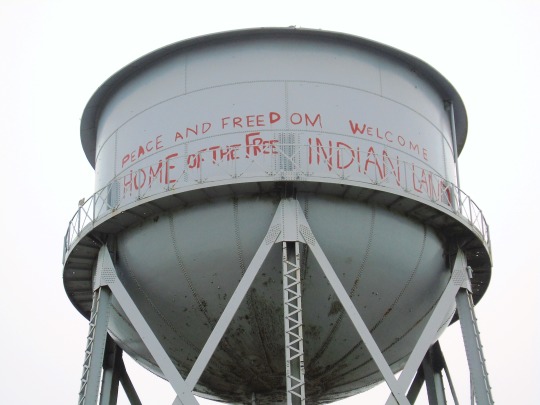






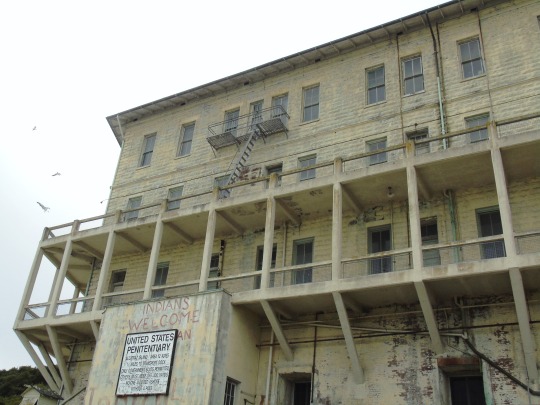

Occupation of Alcatraz: Native American activists seized control of Alcatraz Island on November 20, 1969, until being ousted by the U.S. Government on June 11, 1971.
#Occupation of Alcatraz#Native American activists#control#20 November 1969#anniversary#US history#Alcatraz Federal Penitentiary#San Francisco#USA#United States Penitentiary Alcatraz Island#California#travel#vacation#summer 2017#original photography#architecture#cityscape#landmark#tourist attraction#water tower#West Coast
3 notes
·
View notes
Text
Richard Oakes was the face of the burgeoning “Red Power” movement when he led the famous Native occupation of Alcatraz Island in 1969.
But like other civil rights leaders at the time, he died too soon. In 1972, Oakes was gunned down in rural Sonoma County. His killer, Michael Oliver Morgan, stood trial for manslaughter and was found not guilty.
The official story of Richard Oakes’ death, and the circumstances surrounding Morgan’s trial, are part of the reason why Oakes’ legacy has been largely erased from mainstream history. Oakes’ family and friends, meanwhile, never got closure. All this time, they have believed that Oakes’ death, and Morgan’s acquittal, were racially motivated.
Now, thanks to new reporting from the San Francisco Chronicle, we know details about this story that have been kept secret for decades. In Part 1 of a two-part episode with reporters Julie Johnson and Jason Fagone, we discuss the events that led Oakes to rural Sonoma County, and the encounters that foreshadowed his killing.
0 notes
Text
1971-Occupation of Alcatraz


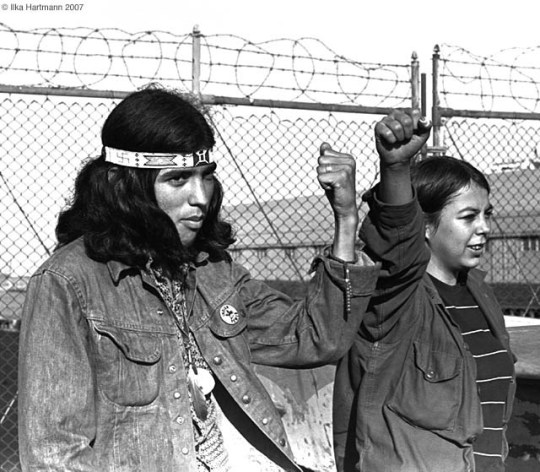

The U.S. Government forcibly removes the last holdouts to the Native American Occupation of Alcatraz, ending 19 months of control.
0 notes
Text
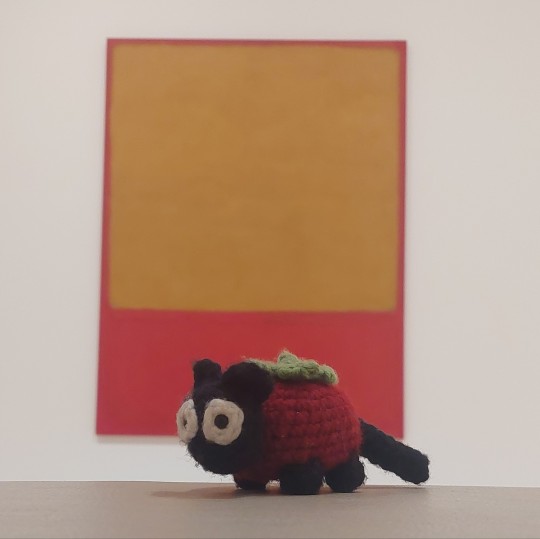

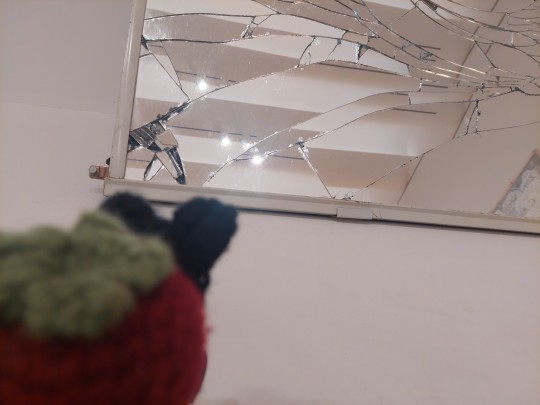

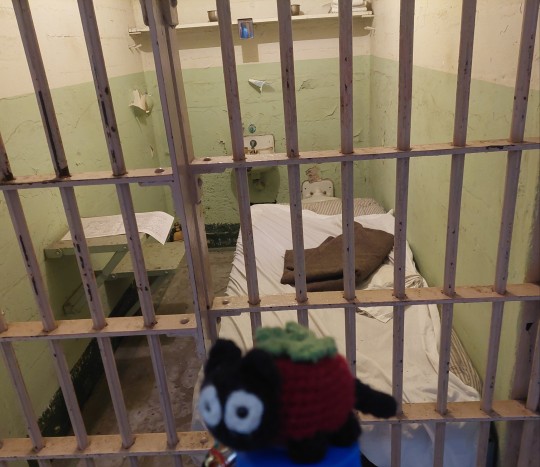

today tomatocat got cultured and went to the rock
#crumblings#1. im a classically trained tumblrina so ofc theres a pic w jenny holzer truisms#2. the alcatraz audio tour is well-produced. they have a pretty good exhibit about how messed up mass incarceration in the US is#in present day. however it is strange to take two steps out of that room and enter the gift shop offering replica prison tin mugs for $14#tomorrow is mystery upon mystery...#oh also i wish the AIM occupation exhibit was open the whole day :( didnt get to see it
2K notes
·
View notes
Text





a love letter to the ndn graffiti on alcatraz
#native american#ndn tag#land back#indigenous history#alcatraz occupation#alcatraz#us history#history#most of these photos are from us government websites so i actually won't be citing sources#natives in academia#studyblr#american history#archaeology#american indian#aesthetic#dark academia#native academia
298 notes
·
View notes
Text
you know, how you keep writing sappy hunnicutt family fic for your mental health?
#i need to go to bed#none of it will be posted lol#the first experiment hasn't gone well#i don't know much about the 50s other than they would have sucked for everyone but BJ - at least socially#but hey Alcatraz prison break in 1962#and then San Francisco in the swinging 60s#the OCCUPATION of Alcatraz by AIM#not to mention the summer of love#kate GO TO BED
2 notes
·
View notes
Text

Alcatraz Proclamation of 1969 by Indians of All Tribes

full proclamation in picture from the Zinn Education Project
#i've been posting about the alcatraz takeover particularly because i feel like its occupation is pertinent to what is happening today#especially in palestine and specifically in gaza even before the start of this genocide#also look up richard oakes delivering the alcatraz proclamation on youtube if you'd like to hear from a direct source#i really really recommend reading up on it#richard oakes#alcatraz#alcatraz takeover#american indian movement#also want to stress that though richard oakes was at the forefront he was definitely definitely not the only person leading it but his deat#was what caused everything to cease
1 note
·
View note
Text
I wonder how many Native people were conceived on Alcatraz Island... 🌝
0 notes
Note
This is becoming a big debate on Twitter, but—have the actual comics established decisively whether Magneto is Zionist or anti-Zionist?
I'm not on Twitter any more, so I missed this debate, but...I would say that it's complicated.
As established in X-Men #161, Magneto did make aliyah in the 1950s and worked with fellow Holocaust survivors in a mental hospital in Haifa. However, it's pretty clear that at this early point he'd already begun shifting his identity and politics to mutant nationalism, so his commitment to Israel seems to have been somewhat shortlived.

By the end of the issue, he kills a bunch of Nazis, liberates their gold to finance his revolution, and then leaves Israel to make the world safe for mutants under his benevolent dictatorship that will impose universal military disarmament and world peace under threat of volcano machine. That's a pretty big departure in terms of political ideology.


Magneto's revolutionary campaign repeatedly took the form of efforts to create a mutant nation-state on Genosha or Asteroid M/Avalon or Utopia or New Tian, and then most recently on Krakoa. These different nation-building efforts all have various real-world allusions - for example, Genosha is a very clear allegory for apartheid and then post-apartheid South Africa, whereas Utopia was inspired by the Native American occupation of Alcatraz in 1969-1971 - but I would generally describe them as post-colonial independence struggles for national self-determination.
As he worked it out over the decades, Magneto's political philosophy clearly has its roots in Jewish nationalism of the 1950s - Chris Claremont has been quite clear that he had Menachim Begin in mind when he began writing Magneto in the 1980s - but has clearly evolved beyond that perspective. In HOXPOX and Dawn of X, Hickman has Magneto get quite self-righteous that mutants have never fought a war of conquest and that Krakoa is unique among nation-states in that it was founded with the free and informed consent of the living island (which was also the indigenous population) itself.
So yeah, I think the guy who makes this speech would not exactly fit neatly into contemporary Israel/Palestine politics:

20 notes
·
View notes
Text

Nov. 25, 1969 captures a moment in the 19-month Indigenous occupation of Alcatraz, which drew attention to Indigenous civil rights. (Associated Press)
In November 1969 Indigenous
activists occupied Alcatraz Island in
San Francisco Bay. They demanded
the deed to the island and refused
to leave until they were forced off
by federal marshals in June 1971
36 notes
·
View notes
Text
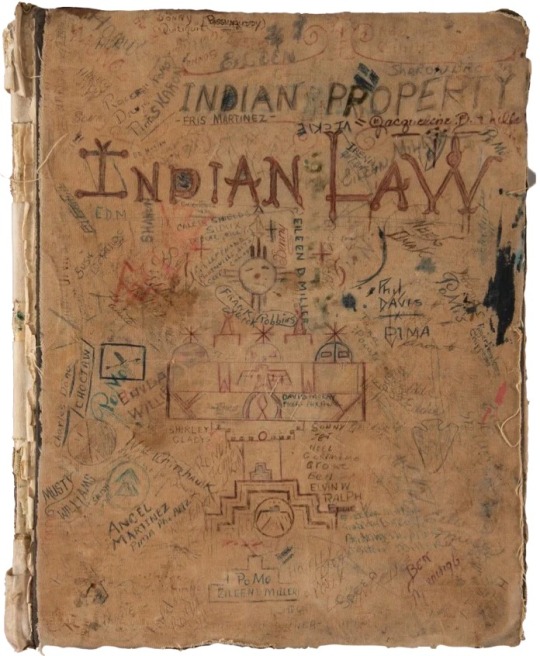
Logbook from the occupation of Alcatraz,
November 20, 1969 – June 11, 1971
12 notes
·
View notes
Photo



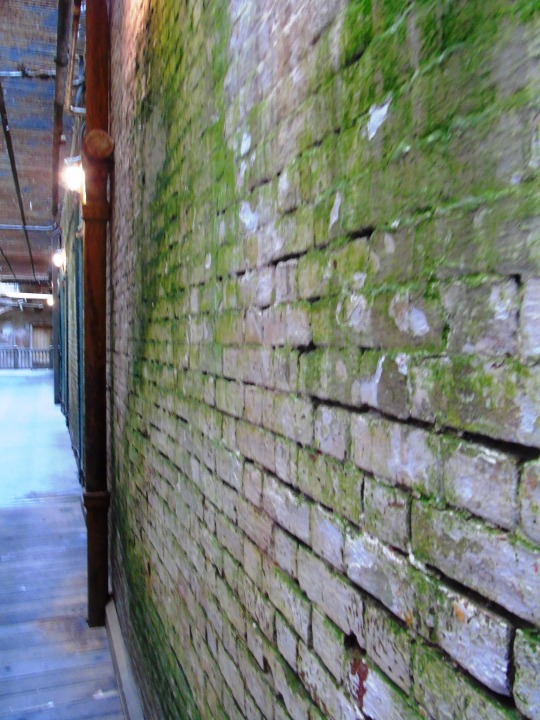

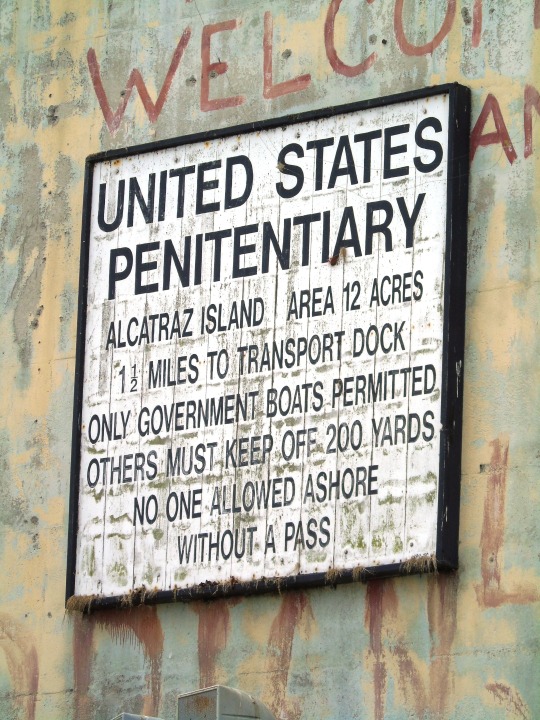
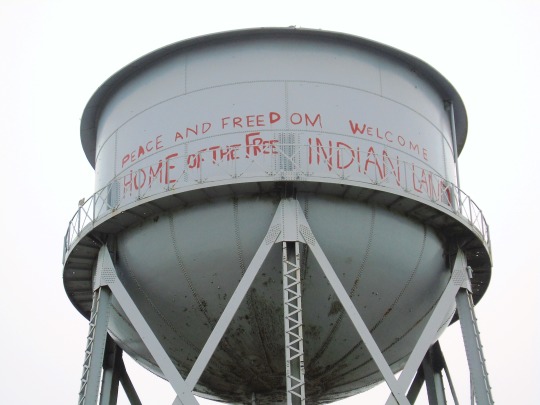
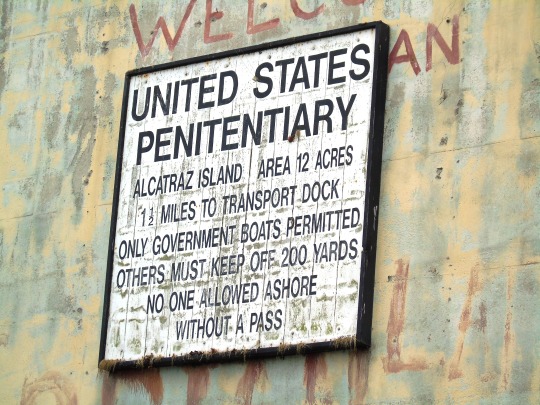


Occupation of Alcatraz: Native American activists seized control of Alcatraz Island on November 20, 1969, until being ousted by the U.S. Government on June 11, 1971.
#Occupation of Alcatraz#ended#11 June 1971#my day#San Francisco#USA#Native American history#Native American activists#original photography#travel#Alcatraz Federal Penitentiary#United States Penitentiary Alcatraz Island#vacation#summer 2017#architecture#water tower#ruins#landmark#tourist attraction#Alcatraz Island#California#West Coast#graffiti#anniversary#US history
3 notes
·
View notes
Note
ive been thinking a lot recently about how the land i live in was first (and still is) native land. in your opinion, how can i best honor that in my day to day life?
(ps if you don’t feel like answering this for any reason, thats no worries at all 😌 /gen)
Honestly I have no answer like I’m not even sure what you mean by honoring? Like don’t liter ig??? You could always research what tribes are/were on your land or like the Indian removal act or the homestead act or anything act/treaty that shaped the country/your state. Uhhm like even national parks were ways to stop people from reclaiming it as native land. (See the occupation of Alcatraz, Teddy Roosevelt, Unoccupied government land and such) How we wake up and greet the land is kinda our business you know. Spreading the word, supporting, or just knowing about it is perfectly fine. 👍
43 notes
·
View notes
Photo




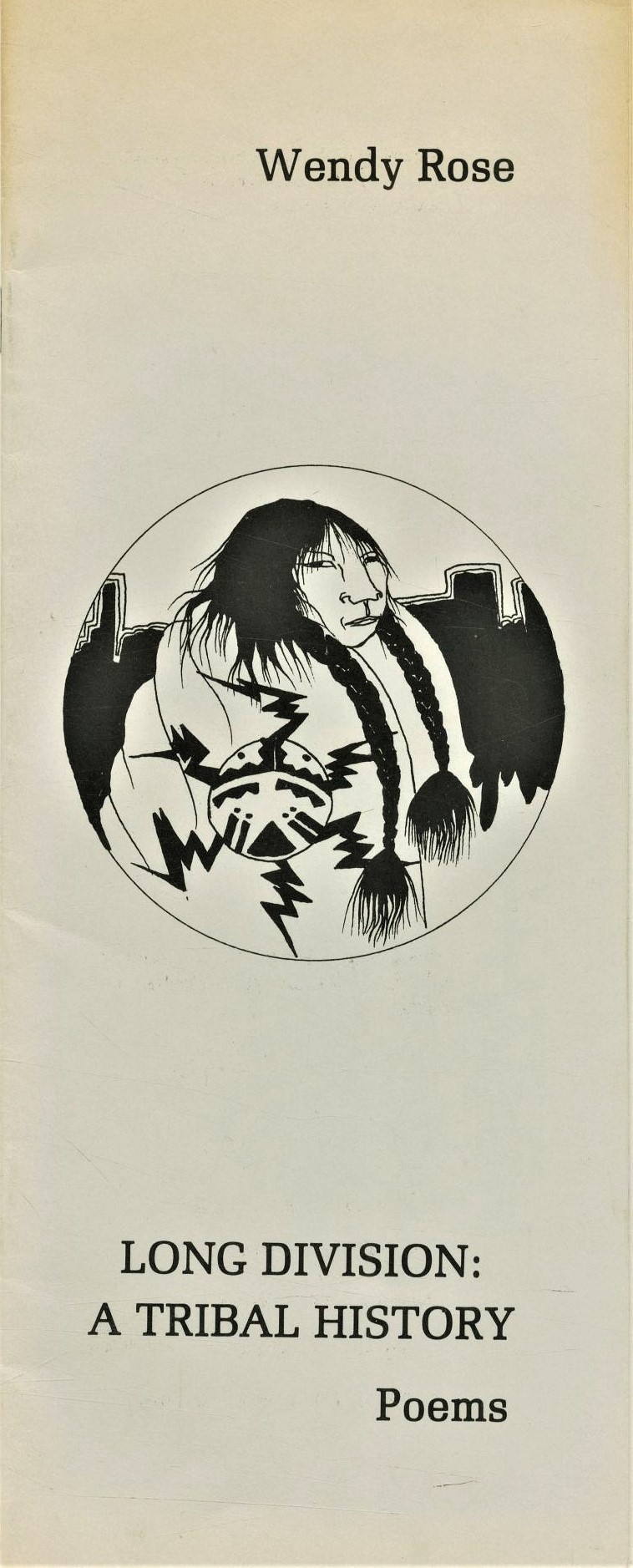

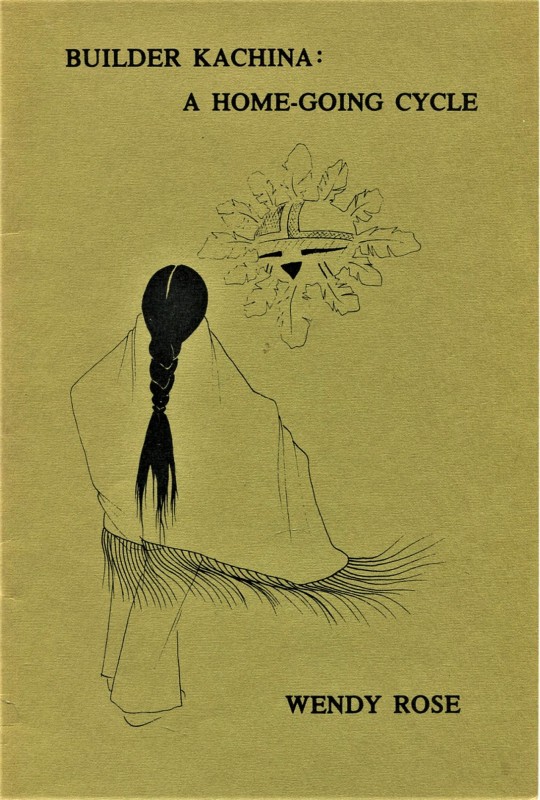

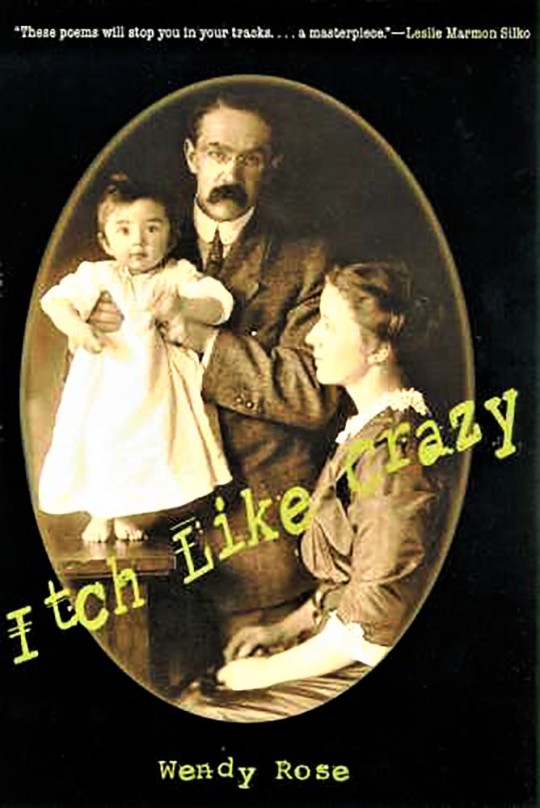

Native American/First Nations Woman Writer of the Week
WENDY ROSE
Hopi/Miwok writer Wendy Rose (1948-) was born in Oakland, California, and did not experience a reservation childhood. She had few connections to her Hopi and Miwok heritage save for stories from her father’s Hopi people. This childhood experience helped shape Rose’s poetry and her focus on reclaiming her cultural identity. Her work is influenced by ethnography, her personal experience of identity, and both her political and feminist stances. Besides poetry, Rose also writes nonfiction that addresses issues of appropriation of Native American culture.
As a young woman, Rose dropped out of high school, joined the American Indian Movement (AIM), and participated in the 1969-71 occupation of Alcatraz. Rose did return to school and earned a BA, MA, and a PhD in anthropology, all from the University of California, Berkeley. Her studies in anthropology helped bridge the gap between her early experiences and her indigenous identity, and she stated that during her time at Berkeley she often “felt like a spy in the field of anthropology.” This experience also led to a decades-long academic career.
UWM Special Collections preserves seven collections of Rose’s poetry: Hopi Roadrunner Dancing (Greenfield Review Press, 1973); Builder Kachina (Blue Cloud Quarterly, 1979); Long Division: A Tribal History (Strawberry Press, 1981); What Happened When the Hopi Hit New York (Contact II Publications, 1982); Going to War With All My Relations ( Northland Publishing, 1993); Bone Dance, (University of Arizona Press, 1994); Itch Like Crazy (University of Arizona Press, 2002).
See other writers we have featured in Native American/First Nations Woman Writer of the Week.
#Native American/First Nations Woman Writer of the Week#women's history month#Native Americans#Native American writers#Native American women writers#women writers#Wendy Rose#Hopi#Miwok#poetry#Native American poetry#women poets#Native American Literature Collection#Elizabeth V.
58 notes
·
View notes
Photo

Happy birthday, Richard Oakes! (May 22, 1942)
An activist and organizer of the Mohawk people, Richard Oakes was born in the St. Regis Mohawk Reservation before traveling to San Francisco and studying at San Francisco State University. Disappointed with the courses offered at SFSU, Oakes worked with Lakota anthropologist Beatrice Medicine to create one of the first departments for Native American Studies in the country. Oakes became an active champion and fighter for the cultural and political rights of indigenous people, helping to lead a year-and-a-half long occupation of Alcatraz Island. The occupation had a direct impact on US government policy, resulting in the end of the assimilationist doctrine of tribal termination. After the occupation, Oakes continued to fight for indigenous peoples’ rights before being shot and killed at the age of 30.
237 notes
·
View notes
Text
World Literature Series: Custer Died for Your Sins: An Indian Manifesto
TITLE: Custer Died for Your Sins: An Indian Manifesto
AUTHOR: Vine Deloria, Jr.
DATE: 1969
COUNTRY, REGION, OR PEOPLE: Native American
TYPE: Non-fiction, essays
BACKGROUND: Author Vine Deloria, Jr. was a member of the Standing Rock Sioux, raised on a reservation and educated at reservation schools. He pursued theological studies and became increasingly involved in leadership of Native American activist causes.
The movement of the moment was the Red Power movement, a social movement focused on self-determination for Native Americans using unified confrontational action and civil disobedience. The term ‘Red Power’ is attributed to Deloria, and represents as sense of a pan-Native identity in the United States which grew in the 1960s and 1970s in response to the perception of a shared oppression.
Important groups in the Red Power movement like the National Congress of American Indians included Deloria, though other groups like the American Indian Movement (AIM) and the National Indian Youth Council (NIYC) often advocated a more militant approach than did others. Important events in the Red Power movement included the Occupation of Alcatraz (1969-1971), the Trail of Broken Treaties (1972), and the Occupation of Wounded Knee (1973).
SYNOPSIS: Custer Died for Your Sins is a series of eleven essays on modern issues facing the Native community. It’s notable for both being notably humorous in its writing style and highly critical of the US government, anthropology as a whole, and Christian missionary work.
It strongly argues that Native Americans have an important rule in the modern world but require more central leadership, a greater sense of unity between tribes, a rejection of imposed institutions, and greater self-determination over themselves and their resources.
Custer Died for Your Sins remains one of the most famous books by a Native author, and is at the top of reading lists for anyone interested in learning about indigenous issues.
THEMES: Power, Native American identity, laws, religion, government, humor, decolonization
"This country was a lot better off when the Indians were running it."
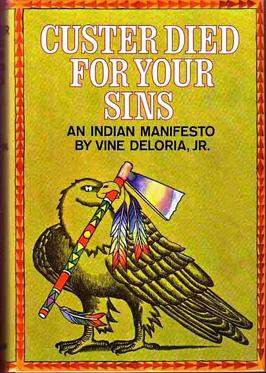
Main post for the World Literature series
#history#world history#native american history#sioux#vine deloria jr#indigenous history#literature#bookblr#litblr
27 notes
·
View notes